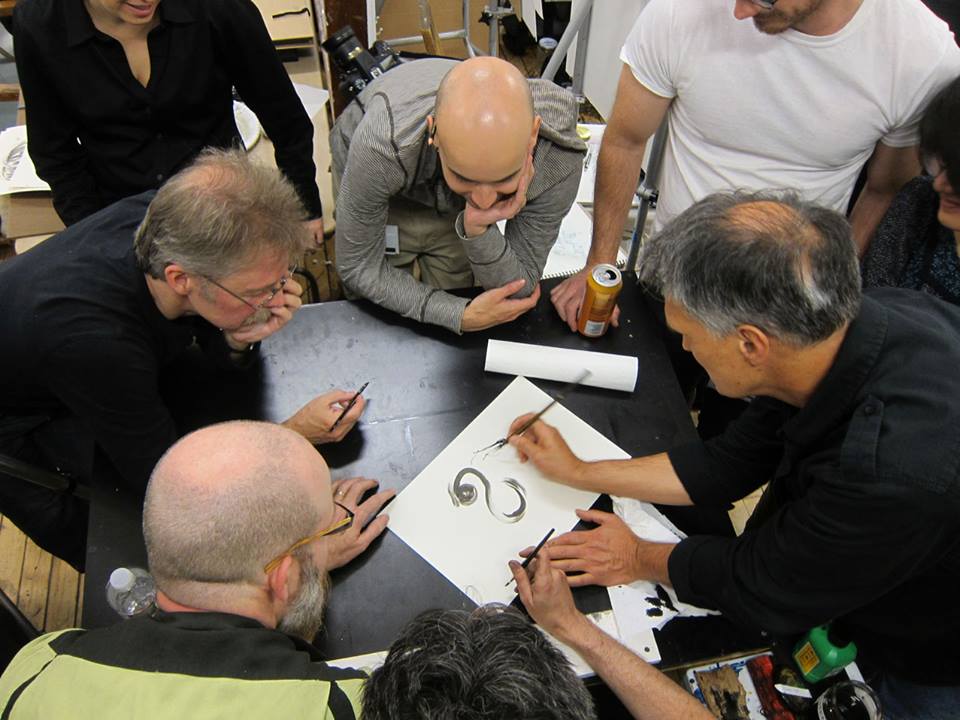 |
| That time at IMC around 1am when the schoolyard bullies, iain McCaig, Dan Dos Santos, Greg Manchess, Scotts Brundage and Fisher stole my ink and brushes and we all made bad drawings together. |
Making art is ALWAYS a private event, not matter who is watching. It is however something else entirely for everyone who makes it, especially when we are asked or invited to draw in front of others on purpose. For me, it gives me the palsy. But we live in the era of dvd extras for everything now and there is a heightened expectation to reveal oneself behind the curtain more and more beyond usual realms of academia. Folks really do love to see artists at their craft, and frankly so do I…. however, this is not such a simple and easy thing when seen from the other side of the lens. Drawing and painting in a room full of people, on stage, or via video is not for everyone and everyone has their own combinations of limits and coping mechanisms. This post is inspired by a conversation I had with Vicki WIlliams after I responded to a request to film my process by essentially cry-dancing panic with some mild hiding under the table with my hands over my ears. Despite the drama, what came out of it was a really great discussion about how we all see these two forms of public dancing so differently and so I set out bothering some friends for their input on the subject. I thought I had carefully chosen a small enclave of artists I like that would provide a wide range of viewpoints, and as always was surprised and happily had those presumptions tossed to the wind. (Except for Iain McCaig who if you’ve ever seen him draw in public know he delights in it purely, perfectly and without ego). Turns out this is hard for all of us, and the question then becomes about how far to take it and how to cope with such an event. The end result was a confirmation that making art is for others as is for me personally: a deeply private and intimate affair not always meant for others…. but sometimes.
“I never expect brilliance of myself in a demo- what I rely on more is showing my basic skills as a draftsman / thinker in the hopes that I’m bringing some good things to the table- just putting the faith in my own experience and that I am going to deliver some valuable info even if it’s not my most focused A game. As the A game can really only happen for me in am In and un-distracted place in the studio.”
“I never START a gallery intended piece as a demo- I only work on it once the idea and major drawing and conceiving is well underway.
Once that part is done- I can be almost anywhere. But also I don’t plan to get a LOT done while doing a painting in front of people – just enough to teach some stuff thats important .”
-Rebecca Guay
“I almost never draw in front of people. Doing location drawings, demo for figure drawing class, or drawing in sketchbooks (latter, I seldom do) is not an issue. It is about actually inking the final drawing that is my illustration, I don’t do in front of people.
It is so much so, when I go on a business trip out of town, I don’t draw. I seldom ever draw outside of my studio. I have to have the perfect light (which I adjust neurotically with my desk lamp setup), and all the tools has to be there and there in order. Then, I can do my real drawing.
I may be a neurotic one. But when I do school visit, I clearly tell them up front, I do anything, but I don’t do drawing demos.”
“I am neurotic perfectionist, so the beginning of drawing (again, the real drawing that will become illustrations, and not sketches or life drawing, etc) is always hard. I get really stressed out until the drawing is on track. You know, sometimes, especially in the beginning, things are not looking so smooth, and you feel like you are about to ruin it or save it… So, I can’t really have anyone around. I may be in a bad mood, and I can deal with it myself. Not with other people…”
-Yuko Shimizu
“I have mixed feelings about demos. On one hand, I love the feeling of helping students…peeling back the layers of mystery for those who have trouble with traditional media. It is very rewarding to help those who feel lost and are searching for their voice. I searched for a long time for mine and watching demos as a student helped me see what was possible.
I enjoy the act of drawing and painting in front of others in a no pressure situation, but when it’s a scheduled demo, it gets tricky for me. I usually have to have a rendered pencil drawing ready to go. I’ve gotten flack for that, but my defense is usually that I’m demonstrating how to layer media, not how to render with pencil. The truth is that I’m usually so nervous that my hands sweat, and then the pencil won’t blend, and then the water media won’t soak into the paper because of the oils from my hand. So my process works a lot better when I can just paint in front of students. That being said, I’m usually still nervous. I’ve done about 7 live demos…some go well…some not so well. My mindset is “I’m here to help the students”. That’s it, if I accomplish that, that’s all that matters. I don’t need a good piece in the end.
I’m not sure what it is, but I usually just rely on muscle memory to do the work. I’m usually talking the whole time, answering questions, and my brain just shuts off to what I’m doing. I’ve learned to cope with that by doing an image that isn’t that difficult for me, one where I know the possible outcome. If I can take away some of the pressure, the image usually turns out okay. Sometime though, it’s a mess, I’m a mess, and I can’t wait to get the hell outta there.”
-Edward Kinsella
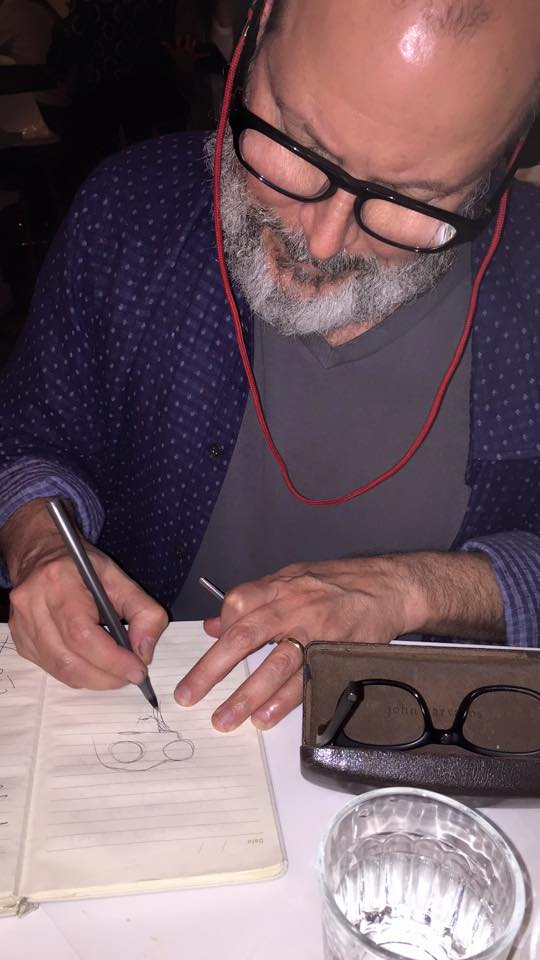
Also when drawing in public there is a very good chance the drawing will be bad–Hopefully not terrible, but there is that risk. So you really have to be prepared to be spontaneous and hope for the best. For me it’s just a whole different thing than working at home on ‘real” stuff.”
-Mike Mignola
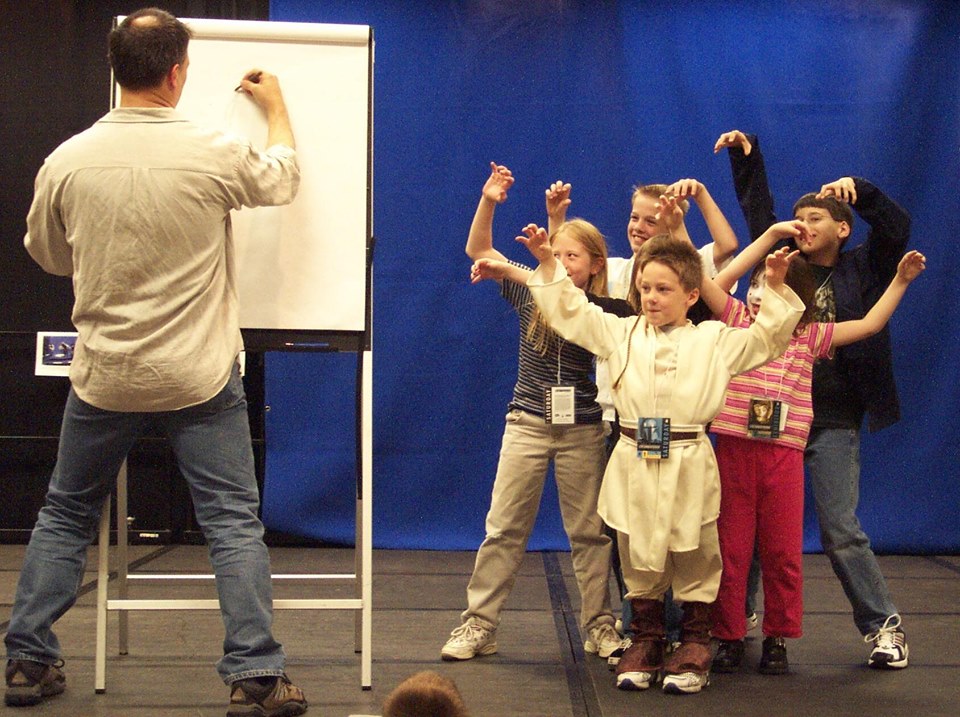
-Iain McCaig
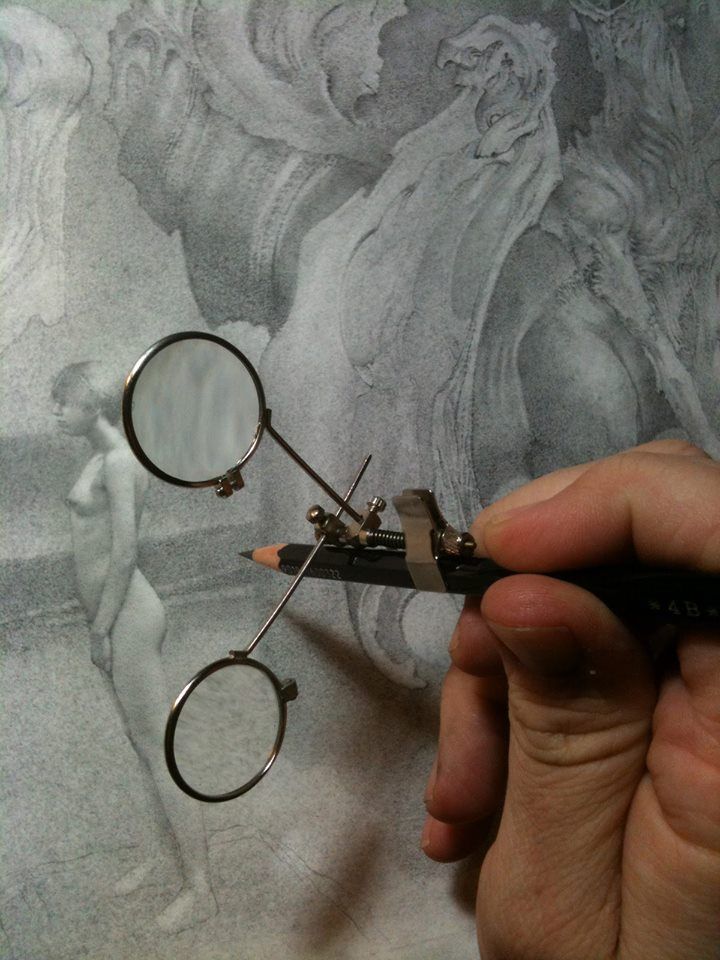
“I’ll also add that working in a room where everyone else is also working feels different to me. I was in Toronto in a room not much bigger than a cubicle but we (5 of us, elbow to elbow practically) were all very focused on our own work. That kind of energy is kind of invigorating in a way.”
-Allen Williams
“Drawing and painting outdoors from life is as crazy and risky as wingsuit diving, except that you can’t get hurt. Whenever you paint outdoors, people think you’re putting on a show, and come up to talk or watch.
That can be a problem, as I explain here:
http://gurneyjourney.blogspot.com/2014/07/curious-spectators-part-1-problem.html
Usually when I’m starting out on an outdoor painting, my confidence level is fairly low, and the piece doesn’t look like much, so it can make me a bit squirmy to be out in front of people. But I figure they’re just curious, and they probably admire someone who is willing to try. Unless they’re coming to kick me out or shut me down, which has happened plenty of times.
Here are my ten tips to deal with curious spectators:
http://gurneyjourney.blogspot.com/2014/07/top-ten-ways-to-deal-with-curious.html
Drawing in front of an audience as part of a planned event is another thing. It’s really a kind of performance. I’ve done everything from Vaudeville style chalk talk gags for bored first graders to oil portrait demos at art schools. For both, I lower my expectations about how good the painting is likely to turn out.
That’s because I have to fire up both brain hemispheres so I can talk and draw at the same time, something I’m not as accustomed to doing as art professors are. Also I can’t predict the outcome because I don’t have a single tried-and-true system of painting. My procedure is all over the map and I may come at the subject with pencil, watercolor, casein, gouache, or oil, depending on how insane I’m feeling.
Sometimes I do a lame drawing, sometimes I get lucky and it turns out OK, but I figure that the talk and conversation is as important as the results, and people get something out of seeing your rig and your palette and all that”
-James Gurney
“I’ve done them before and I’m sure I will again, but they’re a real pain to set up (prepping something to work on, transport of materials, and the unpredictability of how productive those couple hours will be, the distraction of a crowd, conversation, and working in a strange space). They’re of limited value (how many people can realistically be there to see it, how much can you achieve in a couple hours real-time). The plus side of a live demo, from an educational angle, is that they’re potentially interactive so you can answer specific questions as they occur. Also, people can maybe get in close and really see what you’re doing.
I don’t much enjoy live demos. I’ve survived two where I had some kind
of materials crisis (one where my painting had been left in a cold space
and the underpainting was still wet, one where the venue didn’t have
any solvents and I had to paint with industrial turpentine found in a
supply closet). Live demos are always stressful because so much can go
wrong.”
-Dave Palumbo
But for many many reasons I don’t give the whole kit ‘n kaboodle to everyone on insta and FB
I feel like there are things that I want to reserve for just the people who are most passionate and connected to me personally.
Opening up my process to thousands of people – picking apart all of my process and or making comments on it “oh this reminds me of x artist” can be too much .
Comparisons are SO odious. I try actively never
To compare one artists vision to another.
It only feels good to be compared with another artist when your an amateur – not once your well into your vision and intention- then is just feels kinda awful- at least to me.
I’m kinda curious where other weigh in
Of course I don’t dislike people for saying the things-I understand it comes from a desire to relate-
Their intentions is GOOD- that’s the saving grace- but man nothing can take the wind out of your sails and fuck with your process when working on a body of work for a show -when your feel like you’ve made something special and possibly a reflection of your soul in the moment- and get “Looks like ….x”
In your comment window.
Yet one more reason to keep a few things precious .”
Your social media question got me thinking, though. I don’t post any WIP and rarely even finished work on social media. I’ve never stopped to question why, but maybe it’s ’cause social media taps into the opposite dynamic from live drawing. The latter binds an audience together into one shared experience; the other (social media) seems to be a soap-box thang, good for rousing discussions and argument (when people behave), bullying and bickering (when they don’t).
I love to share the joy and the process I find in making stories or drawings, but that’s not really the time for discussion or argument, and it’s never the time for bullying or bickering.”
But as you know, there’s a lot of trial and error in concept design, and it’s often as exciting as watching the grass grow. Demos are more like pieces of entertainment; even recorded sessions are heavily edited and enhanced (as in my Gnomon DVDs, which were sped up in post to Superman speed).
Like you, I love watching recorded demos and workshops, even though it’s mostly the outside stuff that we see and not all the blood sweat and inspiration whirling about inside. That’s where I’d like to be!”
“I’m actually all for video demos. I think they neutralize pretty much all of the downsides of a live demo: you have control over your environment, control over time (editing and shooting time lapse to allow multiple stages of a process), you can reach a potentially infinite audience, and you only have to share the results if you’re happy with them. They may be less responsive without live Q&A, but I think the ability to manipulate time more than makes up for that and you can always answer questions in the comments.
The principle downside to video is that it’s a lot of work. I happen to enjoy shooting, but setting everything up and then editing and possibly recording voice over is time consuming, and dramatically more so the more in depth you want to go. Quick instagram videos and short youtube clips are relatively easy. Full process DVDs are a major headache. Everything in made easier if you have someone helping you, but that costs money.
One thing I will add, particularly with video and social media sharing, is that the promotional reward from doing demos is also worth considering. I’ve found that, for things of quality or with unique character, the more people can see and understand the creation process the more they like it. It’s like watching shows on food network. When I see an episode for somewhere I know and learn what goes in to making the food, I enjoy it more. Hearing about the ingredients, seeing how much work, care, or thought goes in to it, and maybe just seeing that someone cares enough to record and present it, all makes it more enjoyable the next time I go in (or gets me to go in the first place). Hearing someone speak passionately about what they make makes me like it more. Understanding how a thing came to be makes me like it more. So, seeing how an artist works tends to have the same effect on me.”
-Dave Palumbo
For my own part, I find the entire idea of creating work in
public an exercise that can be accurately described as sweaty-making. Since I was a kid, making
art has always been the thing I do for my one square inch of pure
freedom, and a place I absolutely must keep as such to continue. Drawing in public makes me feel too vulnerable and that can make me tighten up and be nervous, and as such make for bad drawings. I’ve never made one I like in public for this reason and likely never will except by perhaps following that whole monkey with a typewriter writing Shakespeare thing. Maybe.
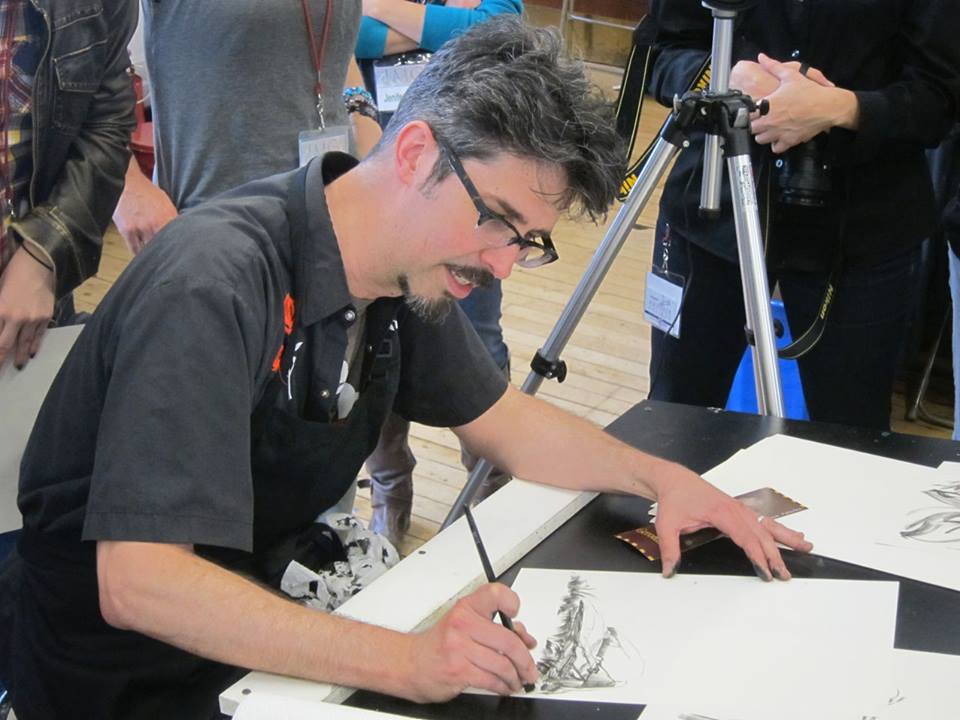
done publicly can be really fun, and should be… No one wants to see a grown ass man crying in front of others. When they come to see you draw they look to you for hope and encouragement, and even some mild deferential crying can be a part of that, but really I find it’s best just to dive in and not expect too much from one’s self. I, like Yuko, rarely ever draw outside of my studio. Like Mike, I need my studio cues and things that let me know I’m safe in my creative nest. Like Edward I get greasy sweaty hands and things go wrong with the materials after. But like Iain and Jim, I hope to get better at it.
However, this new age where we all get to see more of each
others’ personal lives doesn’t afford an obligation to do so or to be so. It’s
always best to ask and when getting an answer know all answers are the
right one. This is a very personal thing you are asking of an artist and while I envy those who can freely perform their
artmaking in front of others, I am comfortable with my own mania against it generally or at least have to come to accept it- moreso now that I hear I am not alone in this. Good to leave some magic and mystery to it all out there.
My
deepest thanks to those who contributed their time to this, and sharing
their insights. It represents what this new age of social media does
best: celebrate the variety of our differences as a value. Thanks to
Yuko, Iain, Rebecca, Allen, Vicki, Ed, Dave, Mike and Jim for making this
possible despite their busy schedules/running from local law enforcement. Without you, I would have been required to write my own post this week.


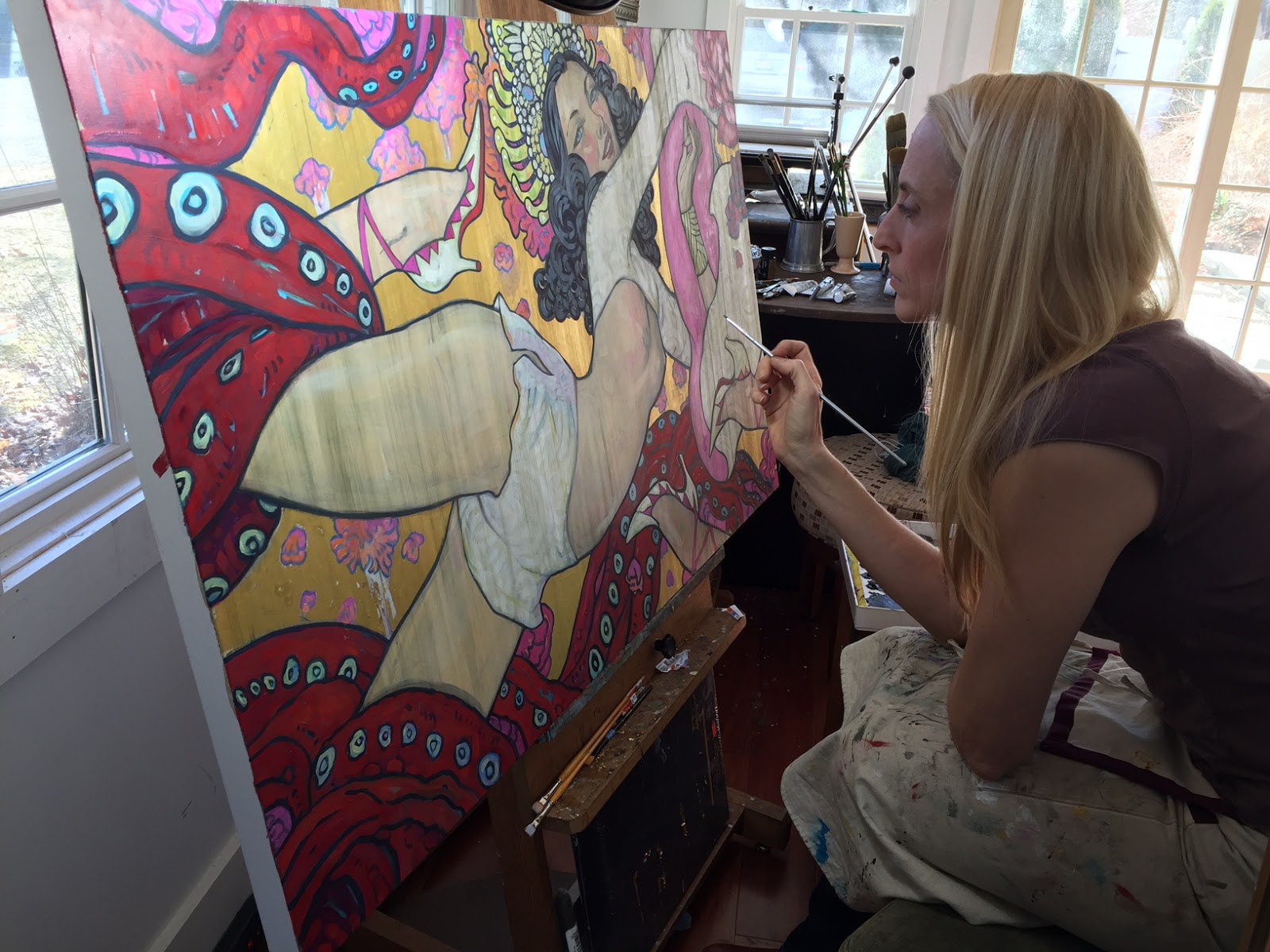
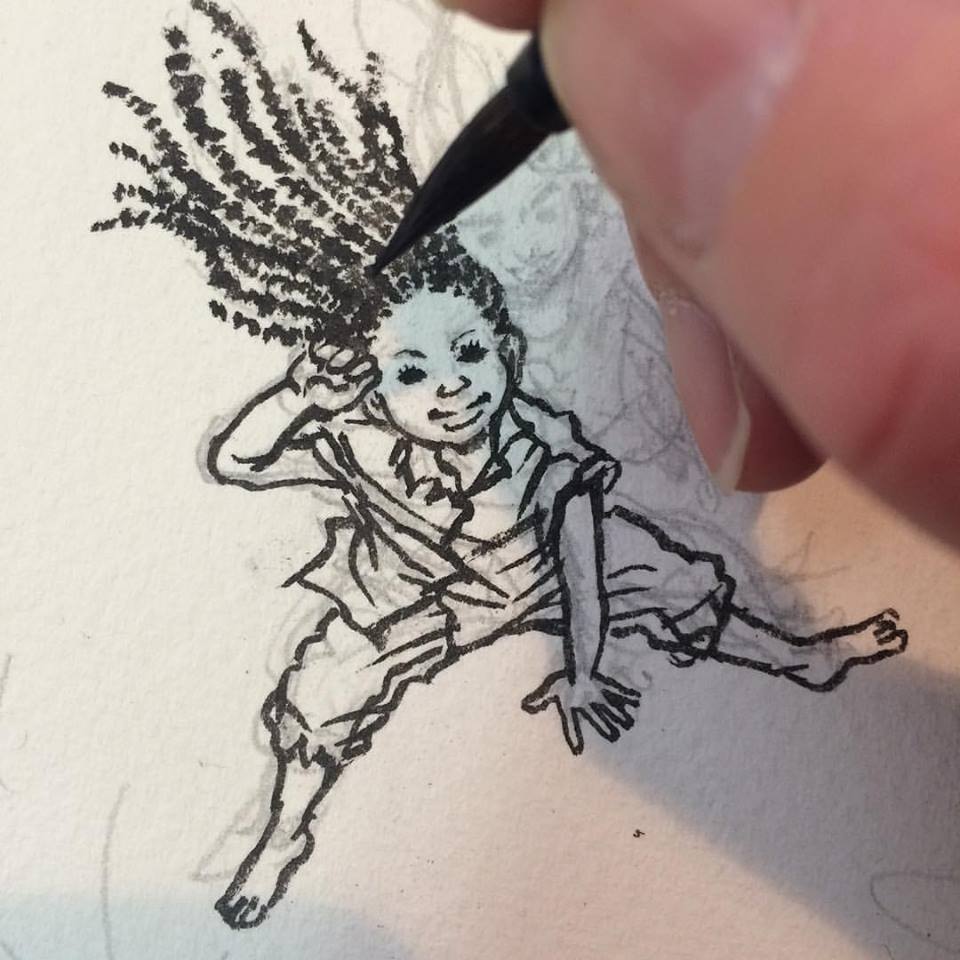

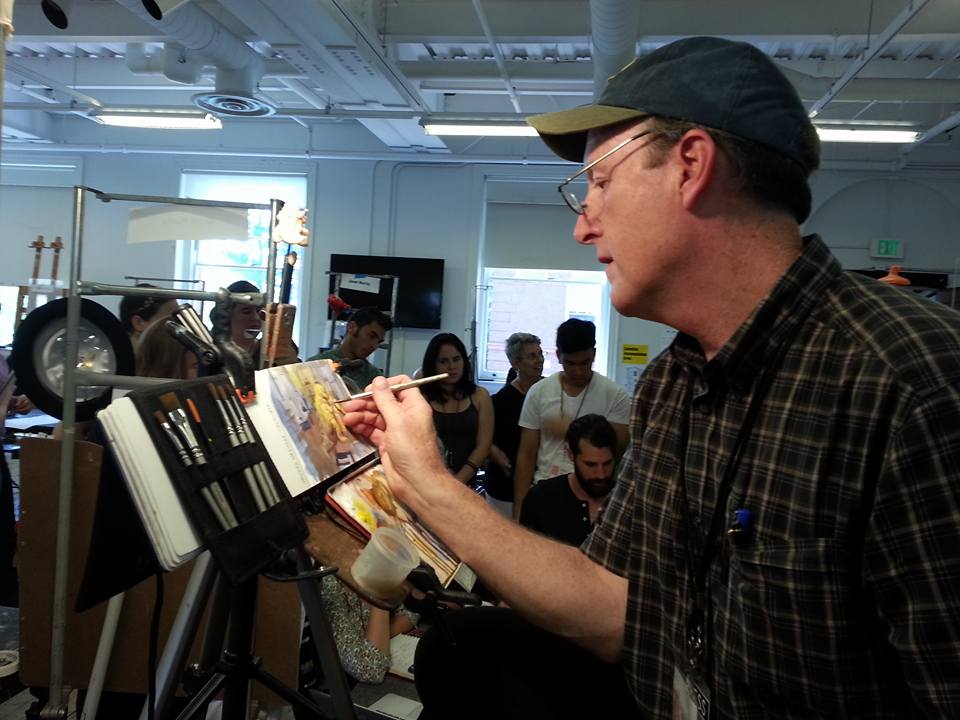
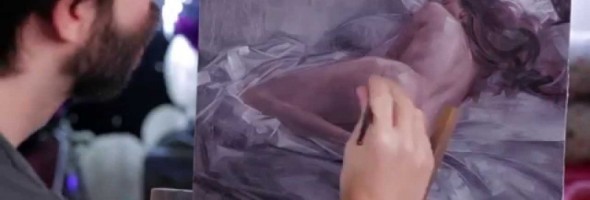
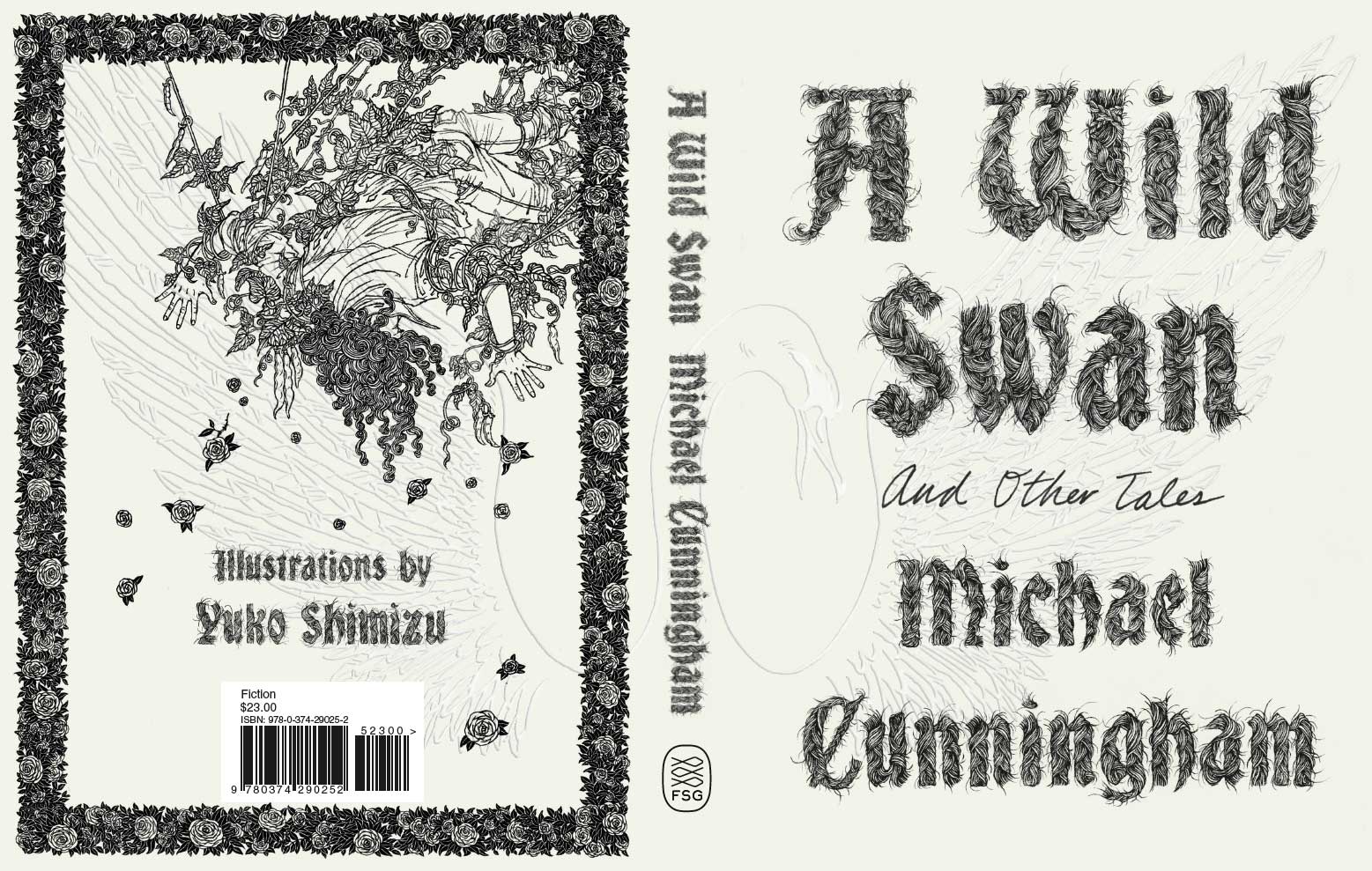
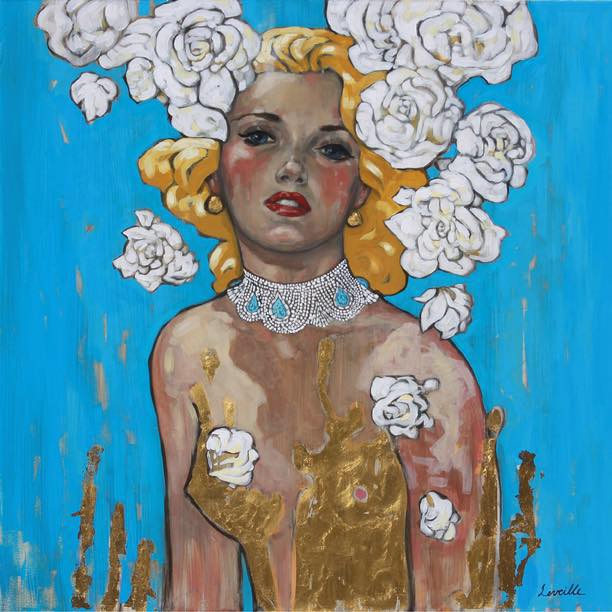
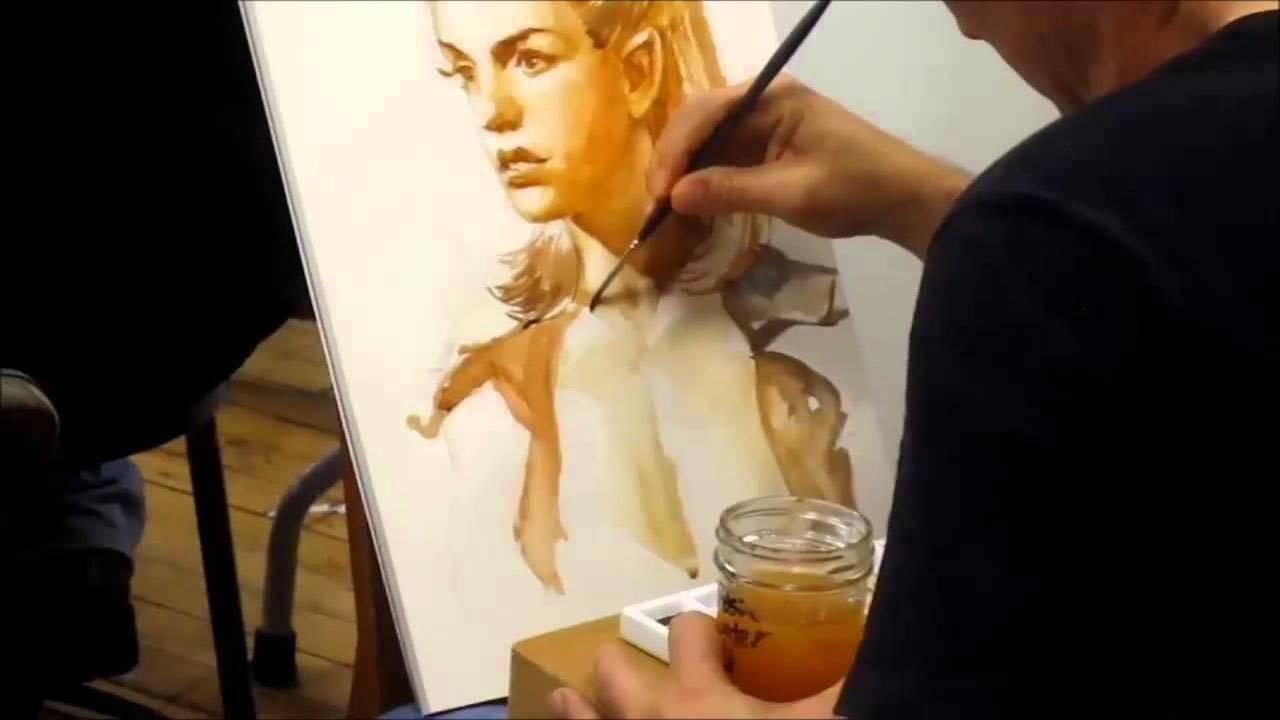
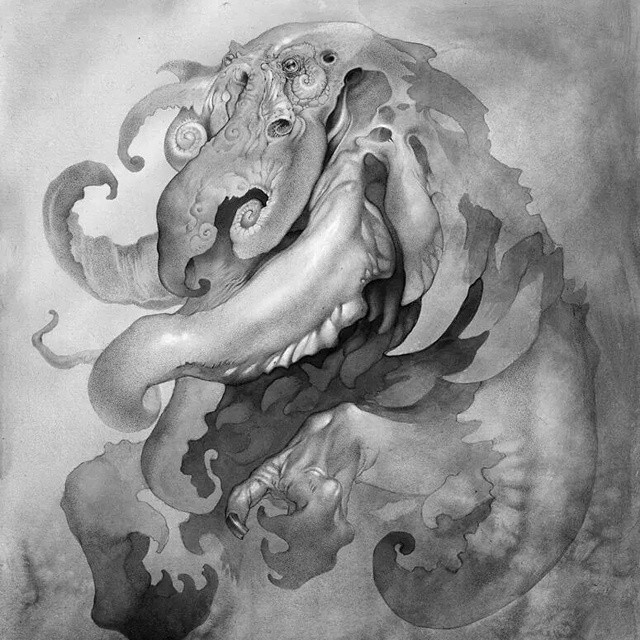
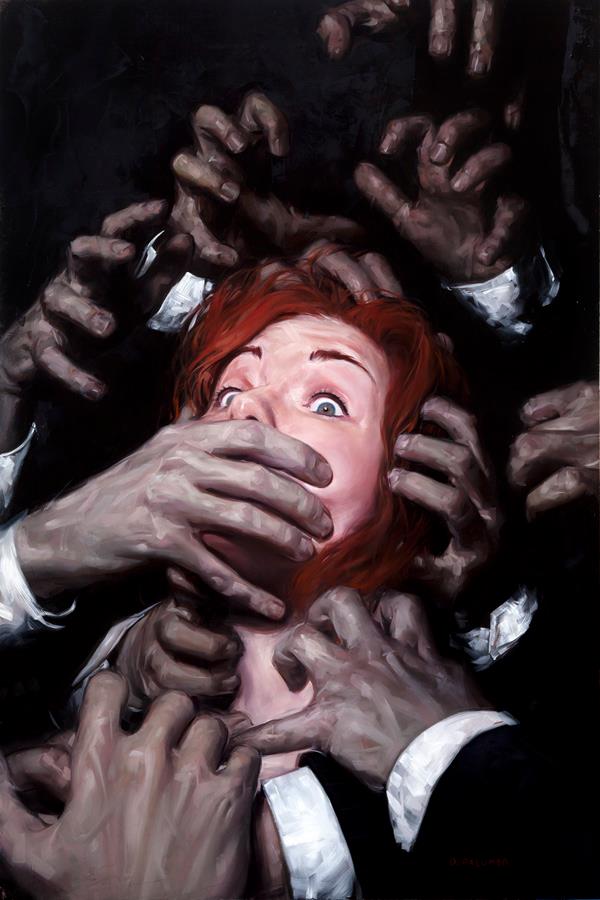
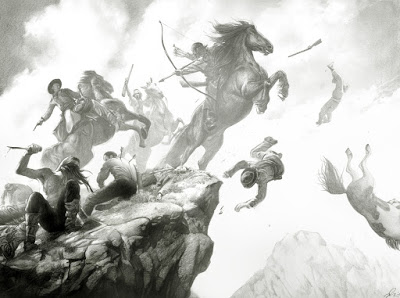
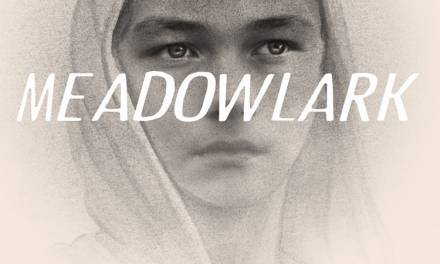
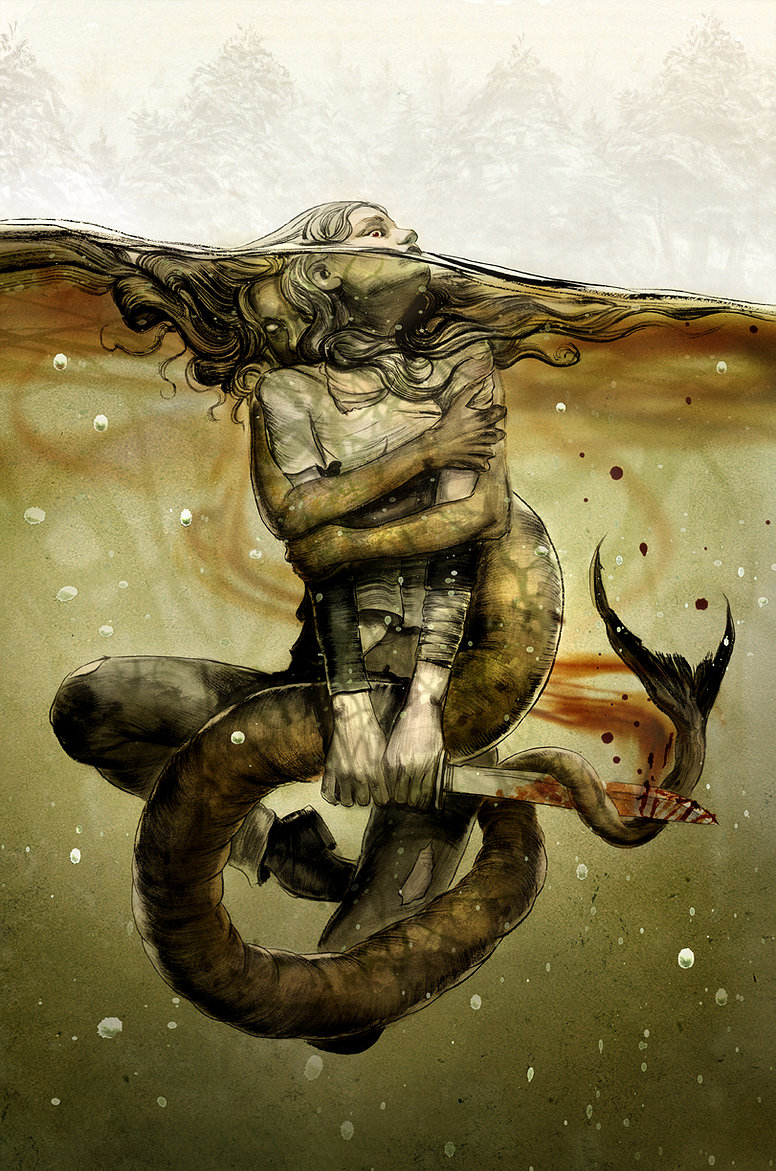
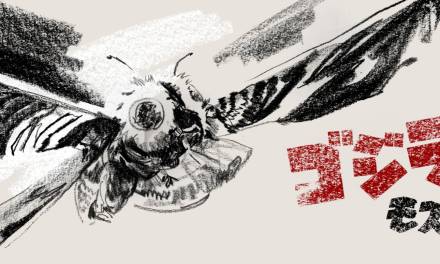

Informative post folks, thanks for sharing!
./sniff. I love you guys and I miss IMC.
Thanks for making this post happen. It's so helpful to read. I feel like i'm going to throw up when I am asked to draw in front of people- even in low pressure situations. Honestly it has made me feel like such a poser (sorry about the 80s skater kid verbiage) I was pretty sure that “real artists” aren't afraid of PDAs (public displays of artmaking) It's a relief that even if in my eyes you all make your demos look so effortless, that it's not how it feels. ( except for Ian-Gods bless Ian!) There are so many great gifts to be had from this Muddy Colors/IMC crew- but one of the greatest is seeing the humanity behind the art. Thanks for sharing, and not sharing when you choose to, and reminding us all that it is ok to do either!
very interesting read; as a spectator, I am not a fan of watching videos of someone's process, but I absolutely LOVE seeing process work (sketches, concepts, rough colors, etc…) in list, book, or even uncollected form.
Something about the transient nature of video and it's lack of reciprocal dialogue limits it (in my eyes) as a teaching tool.
That being said, I can appreciate and enjoy live demos if it's in a learning environment and not just a performance… again, I feel that has to do with the possibility of conversation and exchange.
Thanks again for a great post!
I think video has great potential to be the best of all worlds, especially if the artist controls the shooting (only the artist will allow the camera to hover right over the work) and the edit (the artist knows best what steps are important.
I'm realizing more and more that it's especially important in videos to include the goofs and the second thoughts, rather than making an “abracadabra” video where everything goes according to plan. Students love knowing how to recognize and fix mistakes, because we all make them.
What I like about creating a video is that I can verbalize in the voiceover exactly what I was thinking when I was doing the demo. At the time of the demo, those thoughts are largely non-verbal and inchoate. While it's exciting to watch someone paint in a live setting, it can be boring, too, because art-making, like cooking, involves a lot of boring stretches.
What's important in a demo, I think, is not just what the brush is doing, but what's going on in the mind that's driving the brush. There's a famous story of Howard Pyle doing a 2-hour painting in front of his students. He didn't talk until the end, when he said, “Well, did you learn something?” “Oh, yes, Mr. Pyle,” they all said. “No, you didn't learn anything,” he said, tapping his head, “Because you don't know what was going on in here.”
Thanks, to Greg and the rest for this post!
The differences between live and video demos is interesting to me– that some people had opposite feelings about doing one or the other. I've never done either in the way you're talking about here, but I do live stream my digital artwork fairly regularly, and I think it's a different beast, more like a live demo really. It's a nice way to let online audiences get to know you… but more than that, I use it to trick myself into staying on task and not get distracted, on days when I can't seem to get going with what I need to.
I find there are certain things I really dislike doing while streaming though– sketching initial poses, fixing random issues of anatomy or composition that I come across in the middle of painting, etc. I get weird performance anxiety about those sorts of 'corrective' tasks and will even work on a different painting in order to avoid fussing with them live. Oddly enough I don't mind doing thumbnails or long stretches of rendering while live, though.
Interesting. I've been trying to draw on Periscope as I saw others do that. But for one thing the quality of the image is awful. And I am also totally incapable of talking while I draw. Plus of course I can't look at the screen to see comments, so it's not really working.
Also like everything else, when you have no followers it's really a bit random. 😛
You make a very interesting point about the idea of the “abracadabra-art,” the idea where the perception of everything any given artist creates is perfect every time and there's no mistakes or second thoughts. Personally, I know I learn a lot more about my own process through accidents or changing my mind midstream… sometimes it works and I can incorporate it into my method, sometimes it doesn't and I learn not to do that again. As a perpetual student of my own art and process, I find it encouraging and *more* enlightening to discover how far more successful artists than myself deal with mistakes or shifting direction or approach in the midst of a project.
Thanks very much for this insight into working live and/or recording a process for an audience. It's been truly enlightening to see artists talk about their approach or attitude toward sharing their process at all, whether it be live or recorded.
Personally, I've never been all that comfortable working live, as I'm not in the environment I have carefully cultivated to work for me when I'm working; I don't have my comfy seat, my nitpicky lighting set up, my electronic wallpaper (Netflix,) my tea, my cat, etc…. all the things that make my working space comfortable for me to work in. I applaud any artist who can work anywhere, but that's definitely not me. I can see more benefit to recording my process and talking over it to narrate what I'm thinking as I go, but anything live is just too stressful, thereby guaranteeing that what I produce will not be what I'm truly happy with.